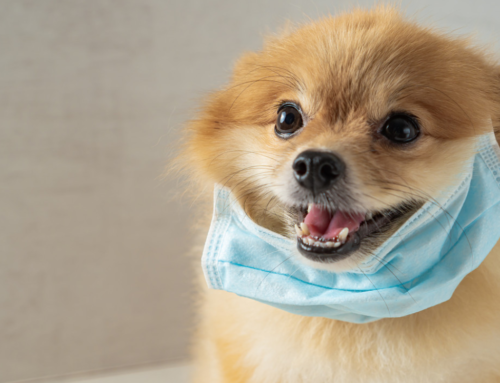It’s no secret: Pet adoption is a quarantine trend. These adoptions have been so popular during the coronavirus pandemic that some shelters have been completely cleared of their cats and dogs. With lots of time, few opportunities to hang out with others, and an increasing need to justify going outside, people around the world are settling into life with a new furry friend.
However, as coronavirus-related restrictions begin to lift, some pet owners are trying to navigate the transition from work-from-home to in-office schedules. The sudden change can be traumatic for new pets, especially those with troubled pasts. If you’re wondering how to best help your dog through this tough transitional period, we have a few tips to share.
Tips for Transitioning Back to Working from the Office
Most experts agree that transitioning into working from an office will be a lot easier on cats than it will be on dogs. That said, here are some tips that broadly apply to all sorts of animals – whether you’ve adopted a cat, a dog, a bird, or anything in between.
- Move slowly. Slowly start to leave your pet at home alone for a few hours at a time. This can help prepare them for the longer stretches of loneliness they are likely to experience.
- Have your schedule down. Many animals respond well to structure. Even if you’re not working from the office yet, begin to set a schedule that will resemble your day when you return to work. This means waking up early for walks, having extended periods of time separated from the animal within the house, and afternoon/evening walks at the same time every day. If you begin working from the office for only a few days each week, make sure you arrive home at the same time every day.
- Monitor their food intake. Animals are spending more time with their humans these days, which means they’re probably more active than usual. This means they’re likely eating more food. As you transition back to work, try to ensure you don’t over-feed your animal.
- Figure out your care plan. Many animals – dogs, specifically – will need a mid-day walk, or at least some outside time in the early afternoon. If you’re a new pet owner, you might not yet have relationships in place to address this need. If you know your work requires you to be out of the house for most of the day, hire a dog walker to make sure Fido gets outside at least once during work hours.
How to Train Your Dog for Travel
Safe recreational air travel is still several weeks, if not months, away, but we know many new pet parents are eager to start exploring the world with their pups. Luckily, there are a few ways new pet owners can prepare their pets for travel – without even purchasing a plane ticket.
- Work on kennel training. Kennel training involves teaching your dog to see their crate as a safe space. Often, a familiar space will provide a lot of comfort for dogs in otherwise unfamiliar settings. Kennel training can take weeks, so start now.
- Make sure your pup is potty trained. Adopted puppies might still be new to this whole peeing outside Airlines will be quick to dismiss your dog if they misbehave, so make sure your dog is properly potty trained before buying any tickets.
- Go for a long drive. If you have a car, take your dog on an extended drive in the next few weeks. This can help simulate the experience of being on an airplane. Estimate how much time they’ll need to go without using the restroom (the duration of the flight plus the time it takes to go through security) and make your drive at least that long.




